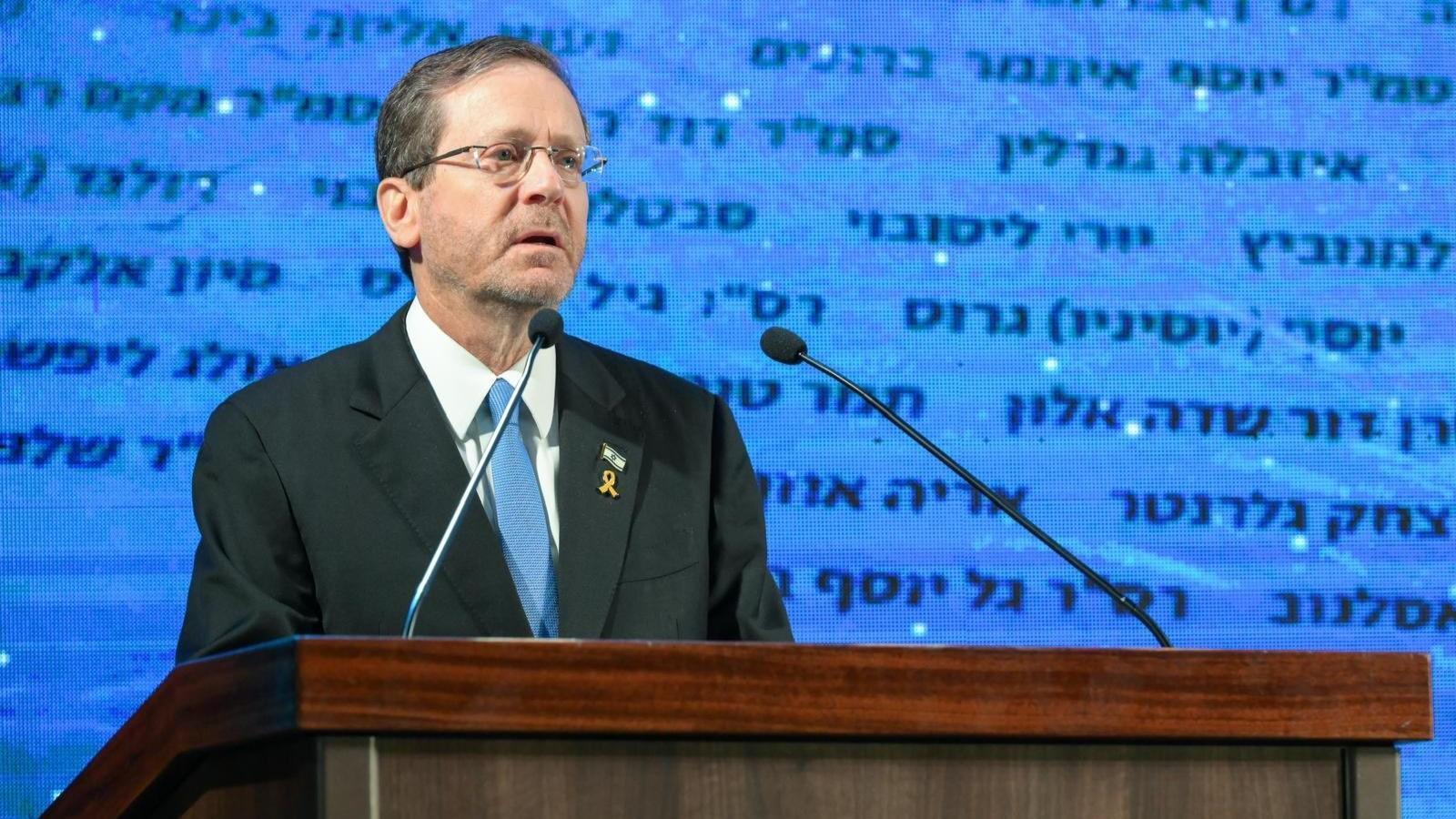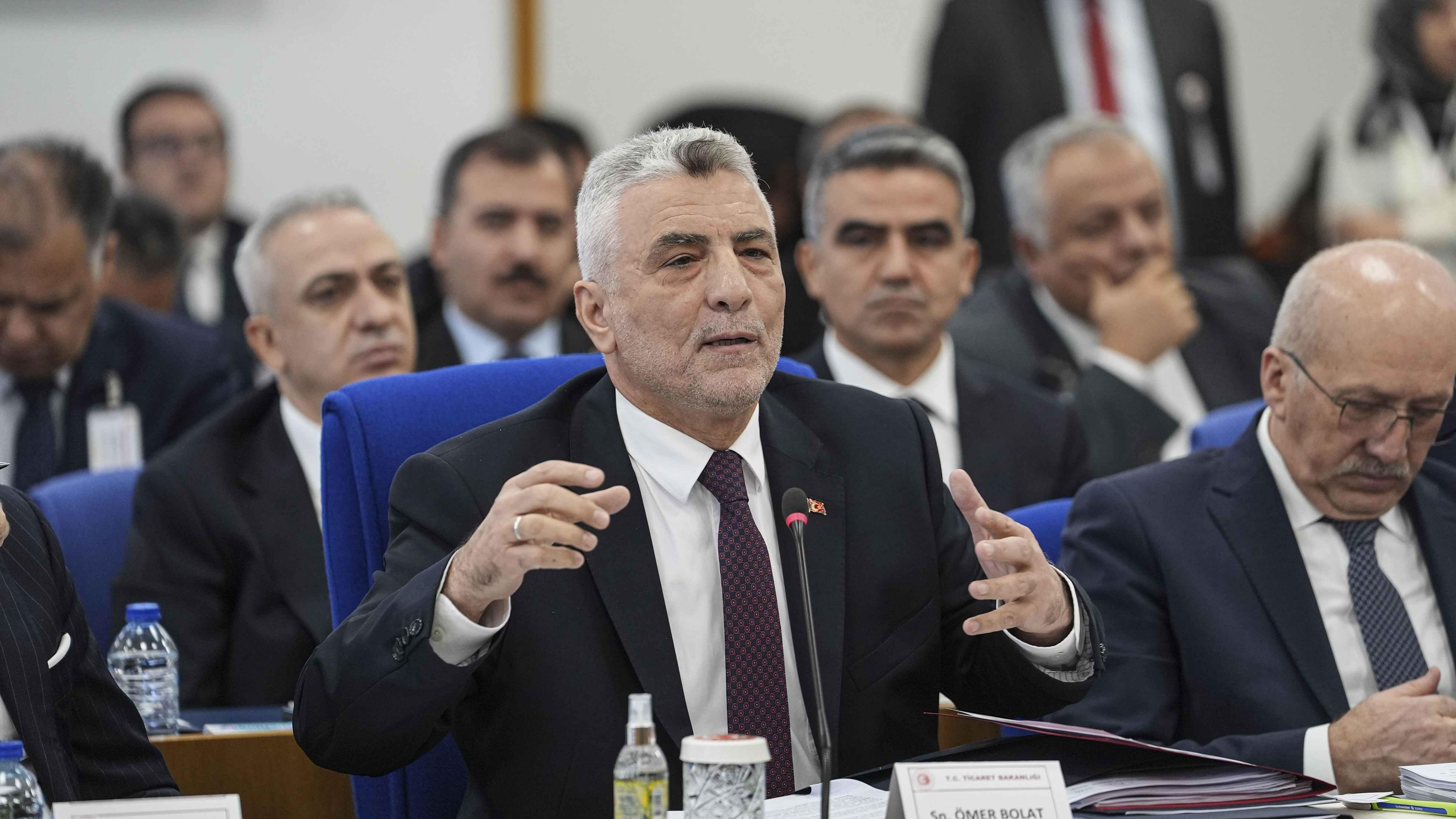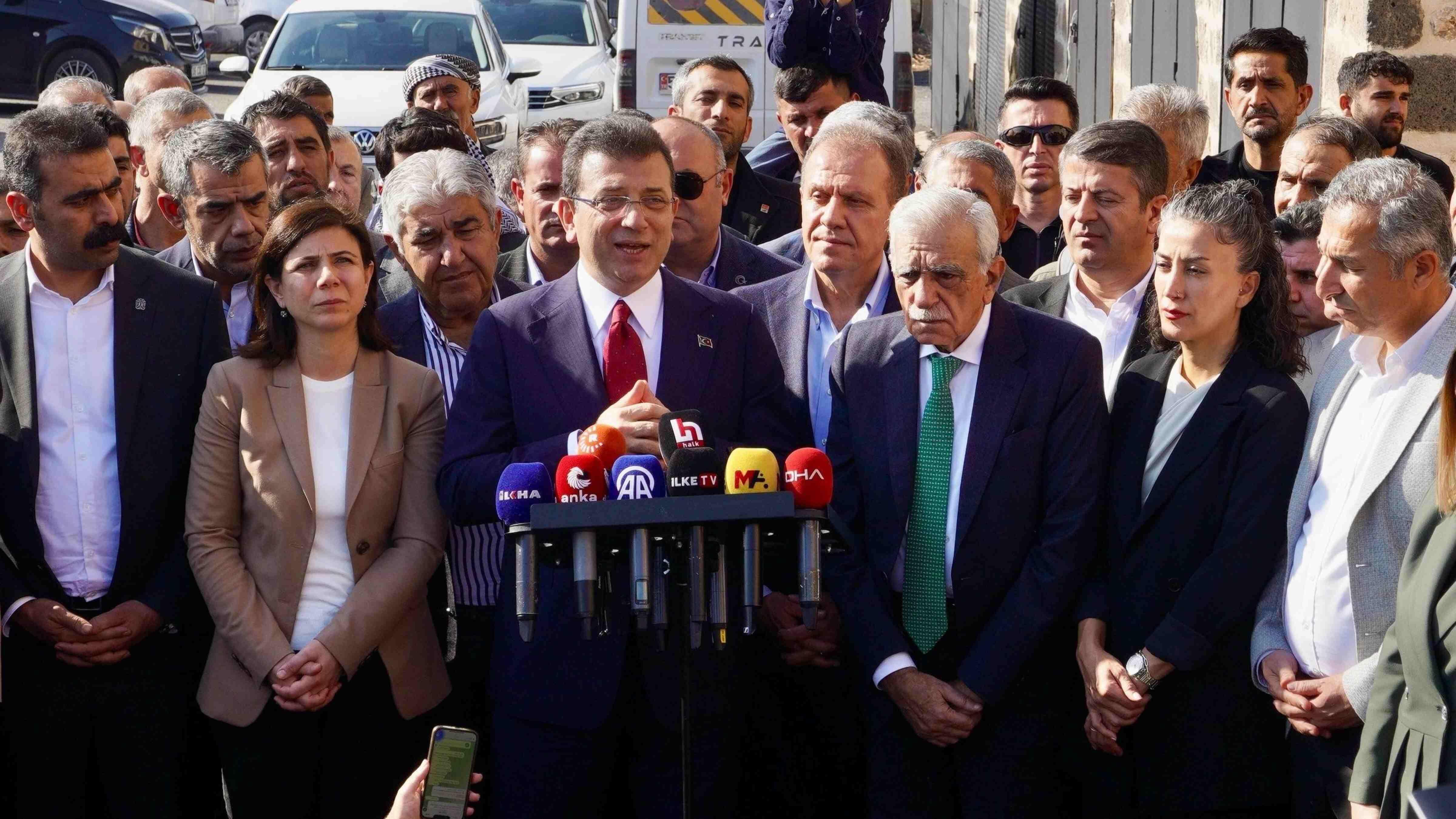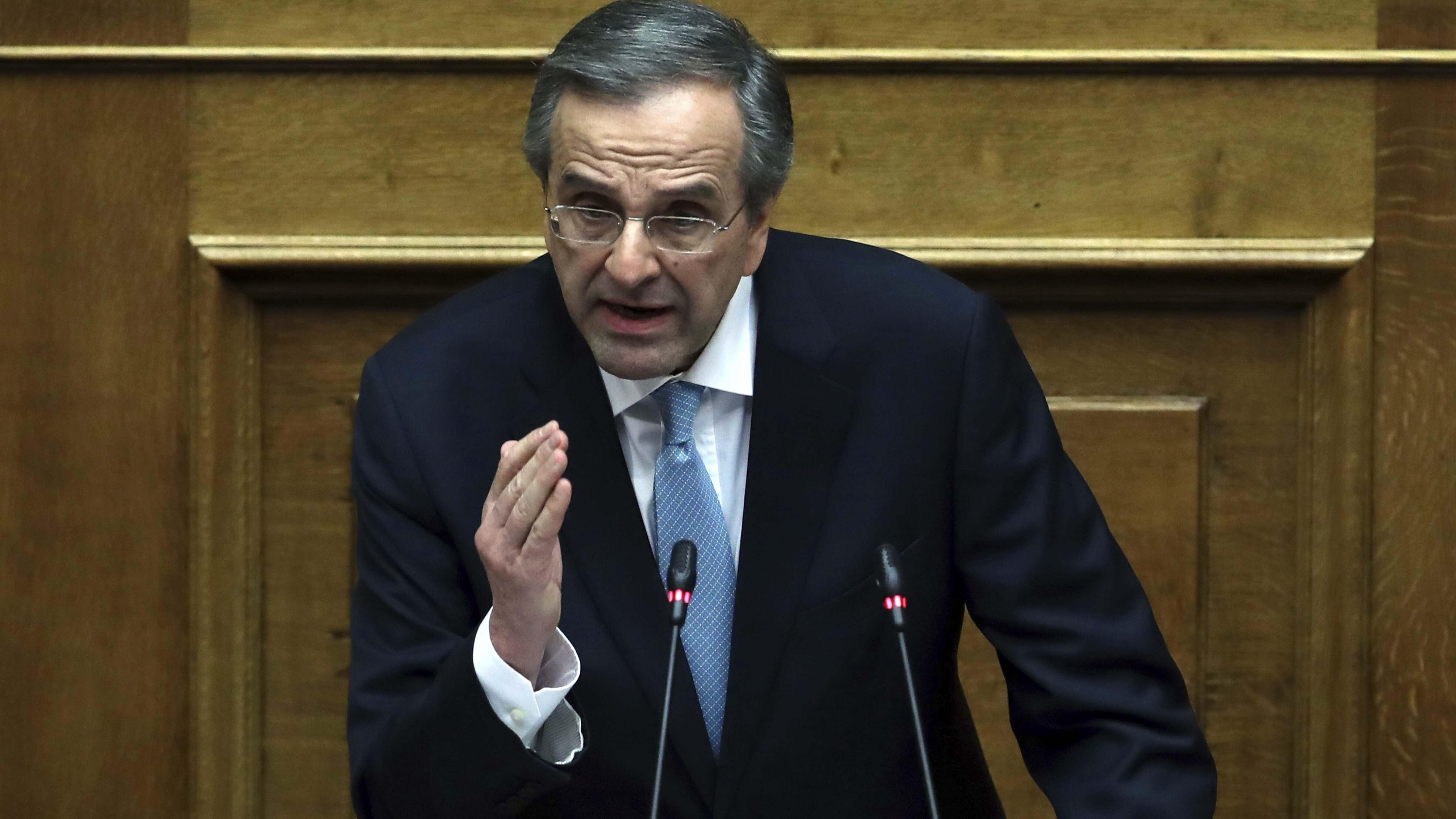INTERVIEW: Critical period for Hizbullah in Turkey’s tense southeast
William Armstrong - william.armstrong@hdn.com.tr
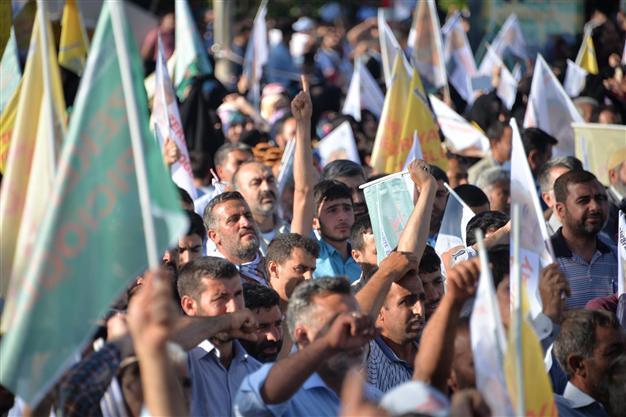
DHA Photo
Violence that erupted in Turkey’s southeast before and after the recent election has raised fears of a return to widespread clashes between affiliates of the Kurdistan Workers’ Party (PKK) and Hizbullah, an outlawed Kurdish Islamist militant group.Back in the 1990s, along with its insurgency against the Turkish state, members of the PKK fought a bitter turf war against Hizbullah (no relation to the Lebanese Shiite group) in parts of southeastern Turkey. The militant Islamist group is also thought to have been used by the Turkish state as a convenient local pawn to counter PKK insurgents through the 1990s.
Hizbullah formally disbanded in a wave of violence, assassinations and retaliatory killings in the early 2000s. But the inheritors of its conservative Kurdish Islamist line have reemerged in the region in recent years in NGOs, charities, and through the Hüda Par political party, founded in 2012. Today, amid a spike in Kurdish nationalist sentiment and with Syria and Iraq in meltdown across the border, relations between secular and Islamist political groups in Turkey’s southeast are central to any future peace.
Mustafa Gürbüz, a policy fellow at the Center for Global Policy at George Mason University and a scholar at the Rethink Institute in Washington DC, contributes an essay on the history of Hizbullah to a book on Turkey’s Kurdish question, (reviewed in the Hürriyet Daily News here). He spoke to HDN about his research on Kurdish Islamist activism, the ambiguous origins of Hizbullah, and the delicate present-day situation in southeastern Turkey.
Hizbullah was a local expression of a global Islamic revivalism that occurred in the 1980s. Conditions for it must have been tough in the years after the Sept. 12 coup. What were its initial aims and actions?
It’s complicated. Hizbullah’s history was written long after its earliest years. We tend to think it was a unified movement from the start, but that’s not the reality. There were several Kurdish Islamist groups emerging in the 1980s and there was competition between them. To really understand them as a whole you have to look at the dynamics of foreign powers that were close to them and supported them. Some were influenced by Wahhabism and supported by Saudi Arabia; others were supported by Iran. In the early 1980s the mixture of groups influenced by Saudi Arabia and Iran planted the seeds of what would later become known as Hizbullah.
Hizbullah really only acquired a unified group identity after its groups fought with the PKK. Group identities are always solidified when they engage in fights. Fights with the PKK and internal fights within the group itself shaped Hizbullah’s identity as a group in the late 1980s.
Many talk about Hizbullah being used by the Turkish military in the war against the PKK in the 1990s. But you say this may be exaggerated, as military officers actually infiltrated both the PKK and Hizbullah to conduct false flag operations.
It was clearly a dirty war tactic. False flag operations in the name of Hizbullah and the PKK were carried out by the National Intelligence Agency [MİT]. We know that the MİT had agents within both groups, so it is very difficult to understand what exactly happened and who was responsible. But at least we know this fact: The PKK was an enemy of the state and Hizbullah was seen as a useful “enemy of my enemy,” a useful tool.
Hizbullah later claimed that even though the state thought it was using it, Hizbullah was in fact using the state. One member described to me how in that dangerous moment the group used the state as a kind of survival mechanism, a defensive strategy. They don’t deny that they had a shared strategy or alliance with the Turkish state against the PKK, but they justify this on their own terms. They also say they interrogated and killed the state agents that they found within their network.

Mustafa Gürbüz, a policy fellow at the Center for Global
Policy at George Mason University and a scholar at the
Rethink Institute in Washington DC
I would go back to 2004, when their first publication appeared and when their legal association Mustazaf-Der [Association of the Oppressed] was formed. This was a process of legalization for them in the public sphere.
From 2002 to 2004 the Turkish government passed a number of critical reforms on the Kurdish issue. After internal debates, Hizbullah decided to legalize and try to emerge in public. In 2000 it had basically been crushed and its leader was killed, so thousands of people decided to cut off their connection to it. After that, Hizbullah tried to repair itself by getting involved in legal politics, like any normal religious brotherhood that is legally protected. It had gatherings and religious “sohbets” [discussions]. It also highlighted [20th century Kurdish Sunni theologian] Said Nursi as a central figure at the beginning, as a respected persona, to repair their damaged image.
After the controversy over the Danish cartoons of the Prophet Muhammad in 2005 they gathered thousands of people to protest in Diyarbakır. That was a big achievement for them. Their members told me that this was an inspiration for them to organize big annual “Prophet’s birthday” public gatherings later on. By 2009, when the government’s “Kurdish opening” occurred, former Hizbullah members had already built up a number of different associations across the region.
In 2012 these groups went on to establish a political party, Hüda Par (Free Cause Party). Where did its members and leaders come from and what are its aims?
When they took these gradual steps toward legalization, they also had internal debates. The establishment of Hüda Par actually led to the most radical elements leaving the group. These elements criticized the civilianization process and said it was unacceptable to become a legal party within Turkey’s regime. Some of these people have since left to join ISIS; indeed, almost 50 percent of ISIS recruitment from Turkey is made up of Kurds.
So the Hizbullah constituency was divided by the establishment of Hüda Par as a legal party. It is critical for the Turkish state to realize that there are even more radical elements than Hüda Par operating in the southeast - they are small groups but they are dangerous.
How did Hüda Par perform in the recent election? And how has it been affected by the broader rise in Kurdish nationalism since Kobane?
Kobane is critically important to understand today’s violent events. There was the bomb in the HDP’s Diyarbakır rally before the election and later there was the killing of Hüda Par members, which was followed by a violent response from Hüda Par. Kobane was the moment when the violence between these two groups revived in the most radical sense.
A fear has emerged among Hizbullah members. After the killing of Yasin Börü [during the Kobane protests in Diyabakır in October 2014, after the 16-year-old local was suspected of being an ISIS sympathizer], the PKK said “it’s not us.” It pointed the finger at the “deep state” and the National Intelligence Agency [MİT]. But in Diyarbakır, the day before the election, I was speaking to a Hüda Par member who said that every time there is violence against them the PKK blames the MİT.
They are very frustrated and feel pressured. For Hizbullah, Kobane was something unique. When we talk about Kobane we talk about Kurds as a whole, but for Hüda Par and Hizbullah members the HDP’s momentum has created a fear. The member I was talking to in Diyarbakır also claimed that wherever the HDP’s votes increase, the pressure and violence against Hizbullah and Hüda Par also increases.
What do you think of Hüda Par’s prospects going forward? Is it likely that Islamic group identity among Kurds will assert itself over the medium to long term?
In the June 7 general election, Hüda Par participated as independent candidates to circumvent the electoral threshold. In Diyarbakır its nominee got around 23,000 votes, but it needed 60,000 votes to win a parliamentary seat. Its other top cities are Batman and Bingöl. In total, the party received 65,000 votes in the region, short of its 92,000 votes in the 2014 local elections. But we need to consider the difference between local elections and general elections regarding electoral thresholds and the disadvantage for independent candidates.
If the legalization process can keep them satisfied, we could see some radical elements turn away from other groups. In that case, Hüda Par could become embraced by the system and take the legal political path. If their Diyarbakır nominee had got into parliament, they would have had one member in the system, which may have stopped their frustration. The question is whether they can keep up their momentum in the civic sphere, the legalization, the repairing of their public image. At the moment, the atmosphere associates them with ISIS, which is frustrating some as they try to enter legal politics.
It’s important to see how the HDP-Hüda Par relationship develops. I refer to four main actors: The HDP and Hüda Par, and also the PKK and Hizbullah. The HDP and Hüda Par are the legal, civic wings that emerged from illegal forms - Hizbullah and the PKK. The question is how the legal parties can develop a civic engagement language with each other. If the HDP continues to automatically associate Hüda Par with ISIS it will be really dangerous, perhaps pushing some in the Hizbullah constituency toward the ISIS line. Some elements in the HDP may have to realize that the real threat is posed by radical groups joining ISIS, not by a legalizing and moderating Hüda Par.


